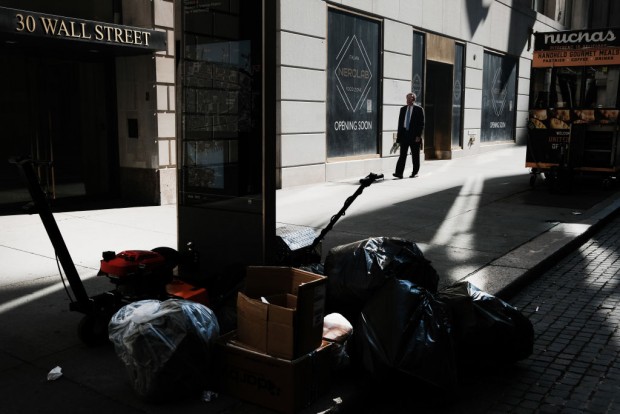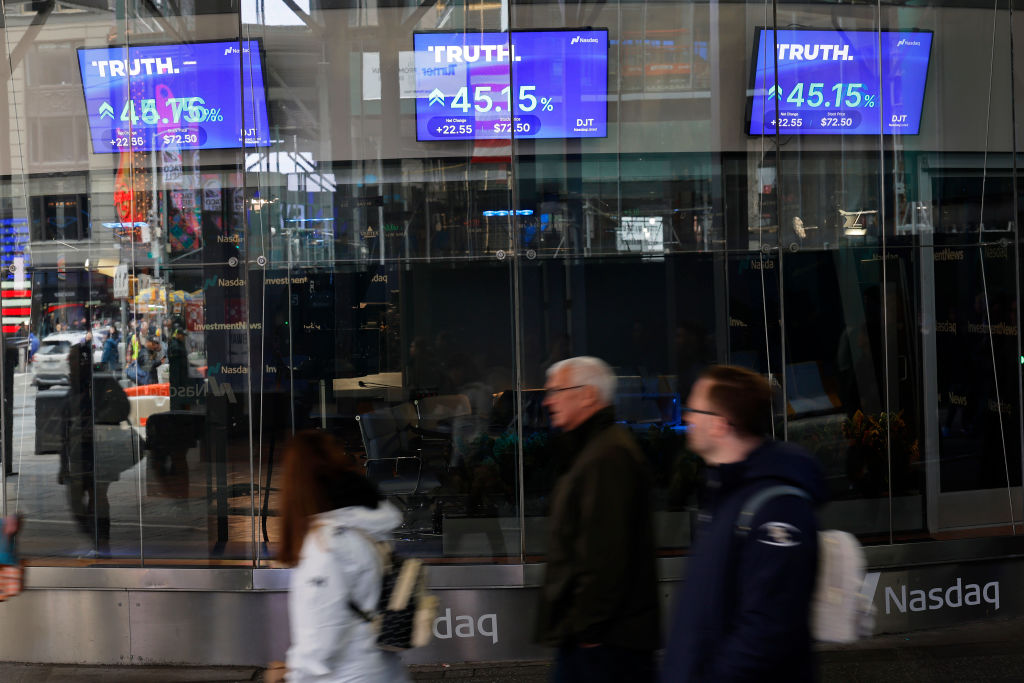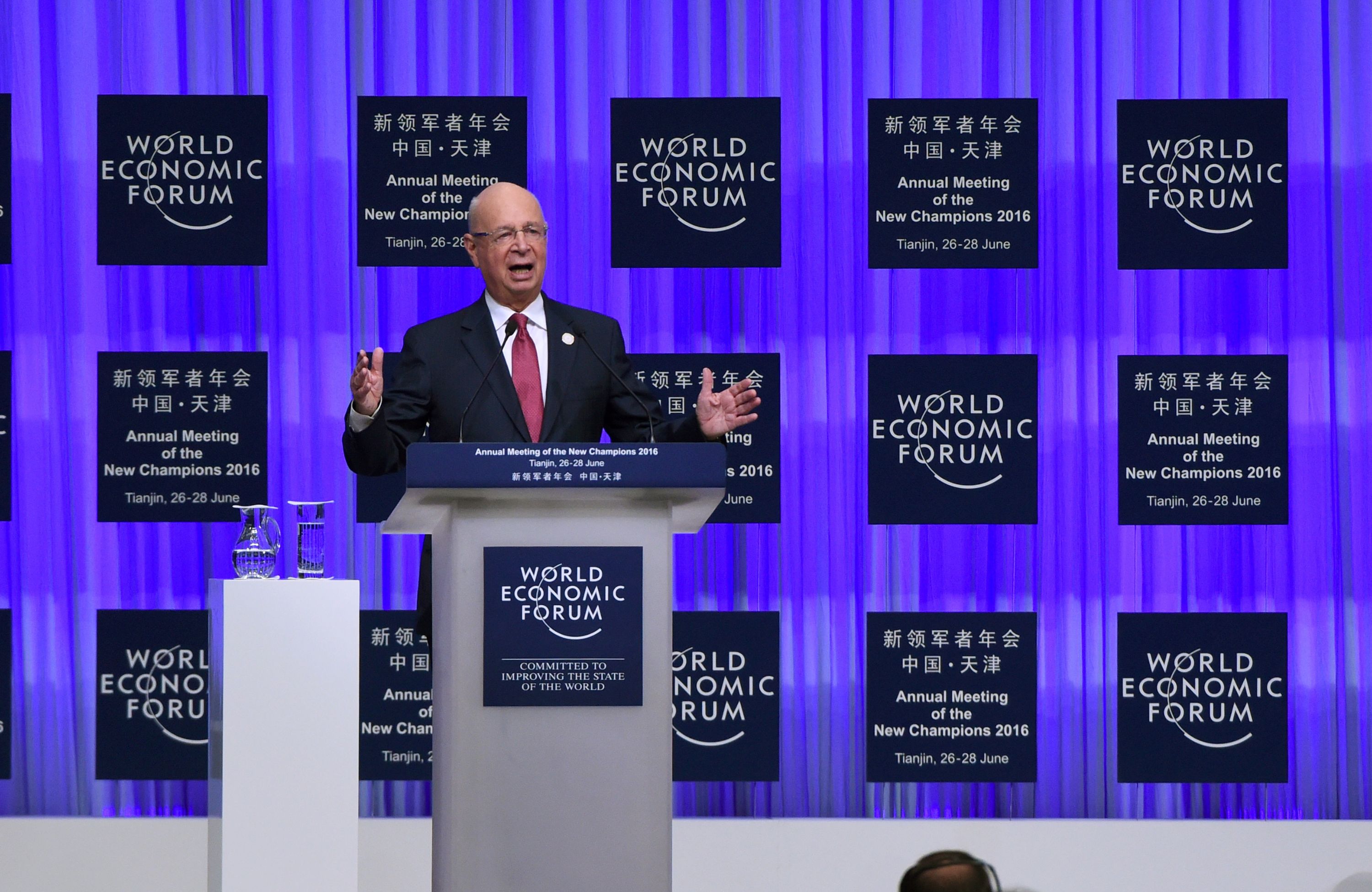Despite Job Market Rebound, Fed Struggles to Find Desired Slack in Labor Landscape
By April Fowell
The COVID-19 pandemic's labor wounds were largely healed by the end of the U.S. economy last year, but policymakers at the Federal Reserve are still stuck waiting for wage and job growth to slow down to a reasonable level.
The Federal Reserve is still searching for concrete evidence of a slowing labor market, so traders in contracts linked to the benchmark federal funds rate are lowering their expectations that the Fed will begin reducing rates at its March meeting. The December payroll increase in the United States of America of 216,000 jobs and the 4.1% increase in wages both exceeded expectations.

(Photo : by Spencer Platt/Getty Images)
The COVID-19 pandemic's labor wounds were largely healed by the end of the U.S. economy last year, but policymakers at the Federal Reserve are still stuck waiting for wage and job growth to slow down to a reasonable level.
The approximate criteria set by the Federal Reserve for steady growth are around 100,000 new jobs each month and 3% annual wage growth, which corresponds to the Fed's 2% inflation objective.
Ben Ayers, Senior Economist at Nationwide, highlighted the favorable circumstances for workers, pointing to strong pay growth and a plentiful supply of employment prospects. But wage growth beyond 4% is seen to be problematic for containing inflation, especially in labor-intensive service sectors.
According to Ayers, this circumstance makes an early rate decrease by the Federal Reserve in the upcoming spring much less likely.
At its December meeting, the Fed maintained the benchmark interest rate in its current range of 5.25% to 5.5%. However, the policy statement released following the Dec. 12-13 session was amended to include the possibility that no additional rate increases will be required, and new estimates indicated that most policymakers anticipate that rate cuts of three quarters of a percentage point will be appropriate by year's end.
The minutes from that meeting revealed a growing awareness among officials that they might be getting close to a turning point where the risks to economic growth and jobs presented by the current level of interest rates are greater than those caused by inflation, which has recently declined more quickly than anticipated and is, in some ways, already close to the Federal Reserve's 2% target.
Read Also: Fab Four: These Undervalued Gems Could Be the 2024 Market Leaders
Employment Growth and Signs of a Potential Slowdown in the Labor Market
However, the work market is still mysterious. Over the past three years, payroll employment has increased by 14 million, marking a historic run that has not only restored the jobs lost when the economy was shut down at the beginning of the pandemic but also pushed employment slightly above the level that would have been attained under the Fed's benchmark for sustainable job growth.
Since February of 2022, the unemployment rate has remained below 4%. Although the headline figures indicate that employment is still growing, there are hints of a slowdown.
Due to revisions to earlier months,71,000 jobs were cut from the anticipated payroll increases in October and November. Monthly payroll growth on a three-month average is currently less than the 183,000 average from the ten years prior to the epidemic.
Aspects of the labor market that were previously abnormal are also returning to normal, such as time missed due to illness and labor churn metrics like the employee turnover rate, which are both at or close to pre-pandemic norms. Additionally, the ratio of job opportunities to jobless job searchers has been getting closer to its pre-pandemic average.
Related Article: Fed Pivot Calms Junk Bond Jitters, But Concerns Remain Over Debt Sustainability












